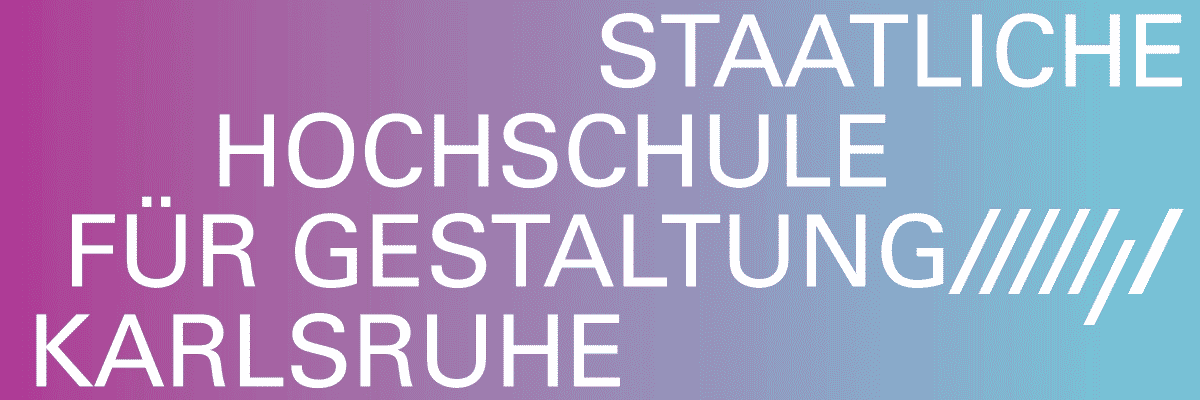
Jens Kothe
Outer Skin. Inner Gaze
Project Info
- 💙 Cassina Projects
- 💚 Giovanna Manzotti
- 🖤 Jens Kothe
- 💜 Giovanna Manzotti
- 💛 Roberto Marossi
Share on

Outer Skin. Inner Gaze, 2023, installation view, Cassina Projects, Milan, photo: Roberto Marossi Courtesy of the artist and Cassina Projects, Milan.
Advertisement

Outer Skin. Inner Gaze, 2023, installation view, Cassina Projects, Milan, photo: Roberto Marossi Courtesy of the artist and Cassina Projects, Milan.

Outer Skin. Inner Gaze, 2023, installation view, Cassina Projects, Milan, photo: Roberto Marossi Courtesy of the artist and Cassina Projects, Milan.

Outer Skin. Inner Gaze, 2023, installation view, Cassina Projects, Milan, photo: Roberto Marossi Courtesy of the artist and Cassina Projects, Milan.

Outer Skin. Inner Gaze, 2023, installation view, Cassina Projects, Milan, photo: Roberto Marossi Courtesy of the artist and Cassina Projects, Milan.

Outer Skin. Inner Gaze, 2023, installation view, Cassina Projects, Milan, photo: Roberto Marossi Courtesy of the artist and Cassina Projects, Milan.

Outer Skin. Inner Gaze, 2023, installation view, Cassina Projects, Milan, photo: Roberto Marossi Courtesy of the artist and Cassina Projects, Milan.

Outer Skin. Inner Gaze, 2023, installation view, Cassina Projects, Milan, photo: Roberto Marossi Courtesy of the artist and Cassina Projects, Milan.

Outer Skin. Inner Gaze, 2023, installation view, Cassina Projects, Milan, photo: Roberto Marossi Courtesy of the artist and Cassina Projects, Milan.

Outer Skin. Inner Gaze, 2023, installation view, Cassina Projects, Milan, photo: Roberto Marossi Courtesy of the artist and Cassina Projects, Milan.

Outer Skin. Inner Gaze, 2023, installation view, Cassina Projects, Milan, photo: Roberto Marossi Courtesy of the artist and Cassina Projects, Milan.

Outer Skin. Inner Gaze, 2023, installation view, Cassina Projects, Milan, photo: Roberto Marossi Courtesy of the artist and Cassina Projects, Milan.
Notes on Outer Skin. Inner Gaze
Essay by Giovanna Manzotti
You ought to have already spotted it. On reaching at the red brick industrial building and peering into the gallery entrance, this object is staring at you.
Now you are in, direct your gaze towards it and come closer. Caress its shape with your eyes. Peer over its black taut and semi glossy surface, coated with beeswax, acrylic paint and pigment. A cavity shifted slightly to the right reveals a series of oval holes in lime wood underneath. Like wounds, these concentric layers allude to cracks and fractures, evoking exposure, corporeality and danger.
Do you perceive any kind of physical proximity?
Go around it and look at its back. Vulnerable and naked, this side seems deliberately left ‘unfinished’. It’s in the nature of this object to display both staples and stitching which both hurt and relieve the surface: those human weaknesses that hold you together.
Then walk towards the two front pillars in the room, bearing either to the left or the right – you choose. Take your time and circle around them. Three free-standing fences, over two metres high, are framed in textile cotton coated with chalk. They may prevent you from looking beyond, but do not hesitate. As barriers, they mark boundaries, and as barriers they may be crossed.
You feel both exposed and protected, don’t you? These fences evoke an interplay between a ‘vulnerable’ and the ‘safer’ part. Which ones are you in? Is the outside safer than the inside?
Pause in front of one of the fences and get closer to the net, peering at that curved white counter, balanced on thin steel legs. Doesn’t it look like a walkway? Or a dissection table? It ‘weeps’ at the edges. It’s the solidified drops of epoxy resin that give it this effect. Some foot casts lie on the counter, like fragments or relics, protected relics. Is this what remains of us? Are these feet just an illusion or the real physical translation of a movement? A measure of a mere emotional distance between body parts?
Enter the enclosed area. It is time to encroach on your comfort zone. Walk up to the counter and lower your head. Look down. Notice the ceramic hands under the table? Like prostheses or props, their fingers ‘speak’ a dumb alphabet. These hands are sculptural reinterpretations of certain security signs: the palm facing outwards, the fingers curled around the thumb. An ecology of gestures. Have you ever found yourself in a situation to use them? How do these signs affect your memories of being vulnerable and in danger?
Breathe.
Now take another look at the feet on the counter, and slowly get out of what is supposed to be a danger zone.
Breathe again, slowly.
Look around and take your bearings. A number of sculptures in upholstery wadding hang on the wall. As they function so effectively at ideal range, a haptic expectation is perceived. Did you notice them from a distance? Their skin attracts your inner gaze. Call it desire.
Feel free to wander around the room, back and forth, approaching and moving away from these objects. Don’t they look like harmless actors in a surveillance area? Inspect them one by one. Some have wounds and cuts that are deeper or more superficial, revealing shapes like female sexual organs, nooks of intimacy. Sensitive membranes with sewn cracks and stapled tears. Vulnerable barriers. Is the inside safer than the outside?
Other hanging black sculptures display holes and internal visceral structures made of lime wood. Look at one of them, carefully. Then, close your eyes and imagine fondling it. Its softness is only apparent, isn’t it?
Open your eyes again. A pale pink square sculpture at the entrance catches your attention. Don’t its pine elements evoke two hands clasped in prayer? Or are these sections trying to be infiltrated as an act of penetration? Are you aware that your body is defenseless?
Now take one last look. The danger has perhaps faded away, but the vulnerability underneath still remains.
Giovanna Manzotti




